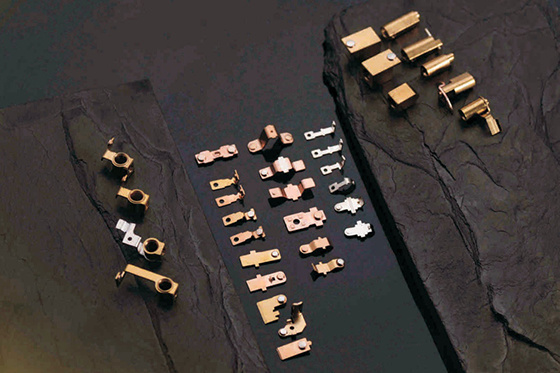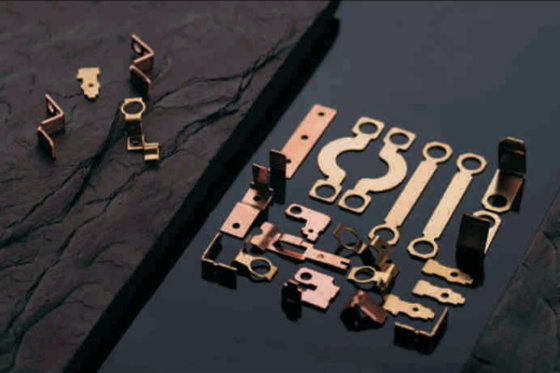How to protect the circuit through relay contacts?
Time:
2023-11-30
Under normal temperature and pressure, the breakdown voltage of key dielectrics in air is 200~300V. Therefore, our goal is generally to control the voltage below 200V or less. Through the relay contact protection circuit, we generally have the following centralized methods to suppress:
1. Relay series RC circuit
This form is mainly applicable to the rated working voltage of the relay is lower than the power supply voltage circuit. After the circuit is closed, due to the magnetic induction phenomenon of the relay coil, the current of the electromotive force interference coil increases, thereby prolonging the inhalation time. After the series RC circuit, the inhalation time is shortened. The principle is that the moment the circuit is closed, the voltage across the capacitor c cannot be regarded as a sudden short circuit. In this way, a power supply voltage higher than the rated working voltage of the relay coil is added to the coil, thereby speeding up the current increase in the coil and making the relay absorb faster. After the power supply is stabilized, the capacitor c cannot work, and the resistor r acts as a current limit.
2. Relay parallel RC circuit
When the circuit is closed, the RC circuit cannot work when the current is stable. When the circuit is separated, the relay coil generates electromotive force through magnetic induction, and discharges through the RC circuit to slow down the current attenuation of the coil and extend the relay armature release time, which plays a delay effect.
3. Relay parallel diode circuit
Mainly to protect the driving components such as transistors. When the transistor VT changes from the guide to cut off, the current through the relay coil decreases rapidly. The coil can destroy the transistor by superimposing high magnetic induction electromotive force and power supply voltage between the C and E poles of VT. After the diode is raised in parallel, the magnetic induction clamp of the coil can be placed in the forward conduction voltage of the diode, which is about 0.7V for silicon tube and 0.2V for germanium tube, to avoid damage to driving components such as transistors. When manufacturing diodes in parallel, pay attention to the polarity of the diode can not be reversed. Otherwise, driving components such as transistors are easily damaged.





